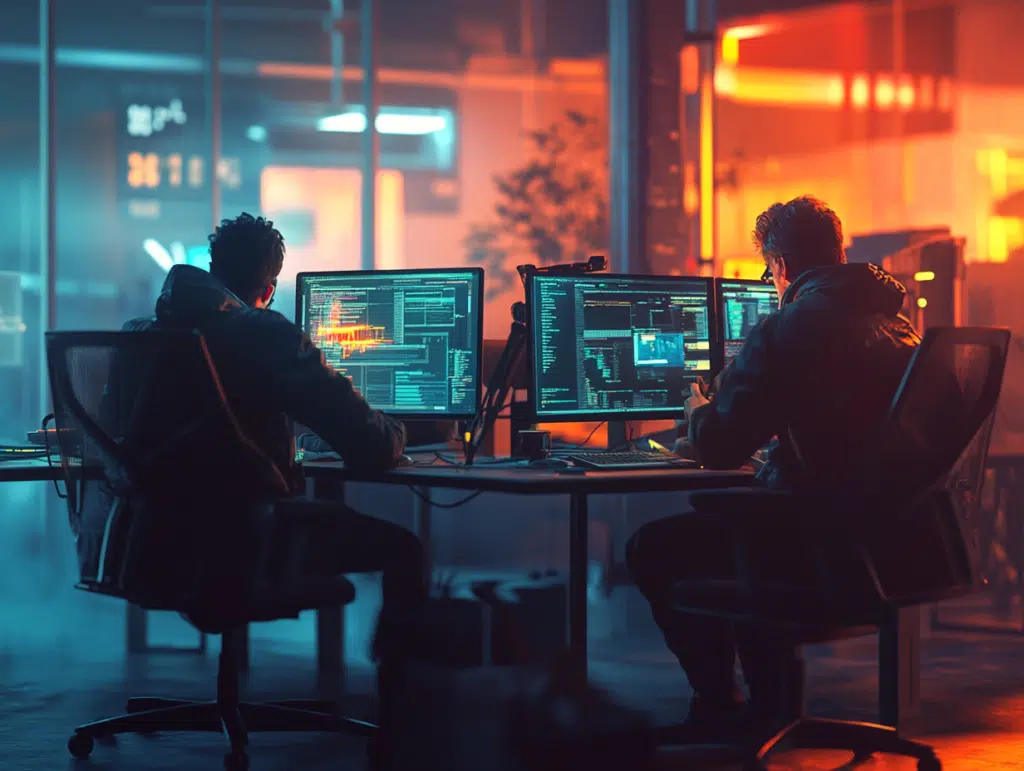The Evolution of Content Creation
Content creation has undergone significant transformations throughout history. From handwritten manuscripts to the printing press, from typewriters to computers, the tools we use to create content have constantly evolved. Today, we stand at the precipice of another revolutionary change: the integration of artificial intelligence into the content creation process.
In Morocco, as in the rest of the world, content creators are beginning to explore how AI can enhance their work, streamline processes, and open new creative possibilities. This technological shift is not just changing how content is produced, but also how it’s distributed and consumed.
Current AI Content Creation Tools
The landscape of AI content creation tools is expanding rapidly. These tools vary in capability and application:
1. Text Generators are becoming increasingly sophisticated, capable of producing articles, product descriptions, and even creative writing that closely resembles human-written content.
2. Image Creation Tools like DALL-E and Midjourney allow users to generate striking visual content from text descriptions, democratizing design capabilities.
3. Video and Audio Production is also being transformed, with AI tools that can edit footage, generate voiceovers, and even create music.
In Morocco, these tools are gradually being adopted by marketing agencies, media outlets, and independent content creators looking to stay competitive in a digital landscape.
How AI Is Changing Content Workflows
The integration of AI into content creation is fundamentally altering traditional workflows in several ways:
Increased Efficiency: AI can automate repetitive aspects of content creation, allowing creators to focus on strategy and creativity. A Moroccan marketing agency might use AI to generate initial drafts of product descriptions, freeing up writers to focus on brand voice refinement.
Enhanced Personalization: Content can now be tailored to individual preferences at scale. For example, e-commerce platforms in Morocco can use AI to customize product recommendations and content based on user behavior.
Improved Accessibility: AI translation and localization tools are making content more accessible to diverse audiences. This is particularly relevant in Morocco, with its multilingual environment of Arabic, French, Berber, and increasing use of English in business contexts.
Data-Driven Creation: AI analytics can inform content strategies by identifying trends, gaps, and opportunities, allowing Moroccan businesses to create more relevant content for their target audiences.
Ethical Considerations and Challenges
The rise of AI in content creation brings significant ethical questions and challenges:
Authenticity and Disclosure: Should AI-generated content be disclosed as such? This question is particularly relevant for Moroccan news outlets and influencers building trust with their audiences.
Copyright and Ownership: The legal frameworks around AI-generated content remain underdeveloped, creating uncertainty for creators and businesses.
Cultural Nuance and Sensitivity: AI systems trained primarily on Western content may struggle with the cultural nuances specific to Morocco and the broader MENA region.
Job Displacement Concerns: As AI content tools become more sophisticated, there are valid concerns about potential job displacement in Morocco’s creative industries.
The Future of Human-AI Collaboration
Rather than replacing human creators, the most promising future appears to be one of collaboration:
Augmented Creativity: AI can serve as a creative partner, suggesting ideas, overcoming creative blocks, and extending human capabilities.
Specialized Human Roles: The content creation industry will likely evolve to emphasize uniquely human skills like strategic thinking, emotional intelligence, and cultural understanding.
New Creative Possibilities: Human-AI collaboration may give rise to entirely new content formats and creative expressions not yet imagined.
For Moroccan creators, this collaboration could mean leveraging AI to overcome language barriers while maintaining the authentic cultural voice that resonates with local audiences.
Preparing for the AI Content Future
For content creators and businesses in Morocco looking to thrive in this changing landscape:
1. Develop AI Literacy: Understanding AI capabilities and limitations will be crucial for effective implementation.
2. Focus on Human Value-Add: Identify and develop the aspects of content creation where human input remains essential—storytelling, cultural context, emotional resonance.
3. Establish Ethical Guidelines: Create clear policies around AI use, disclosure, and quality control.
4. Experiment and Adapt: The AI landscape is evolving rapidly; staying competitive means continually exploring new tools and approaches.
Conclusion
AI is undoubtedly reshaping content creation, offering powerful new tools and possibilities while raising important questions about creativity, authenticity, and the future of human work. In Morocco, as elsewhere, the most successful content creators will be those who embrace AI as a collaborator rather than competitor, using these new technologies to enhance human creativity rather than replace it. The future of content creation isn’t purely artificial or exclusively human—it’s a thoughtful integration of both.


